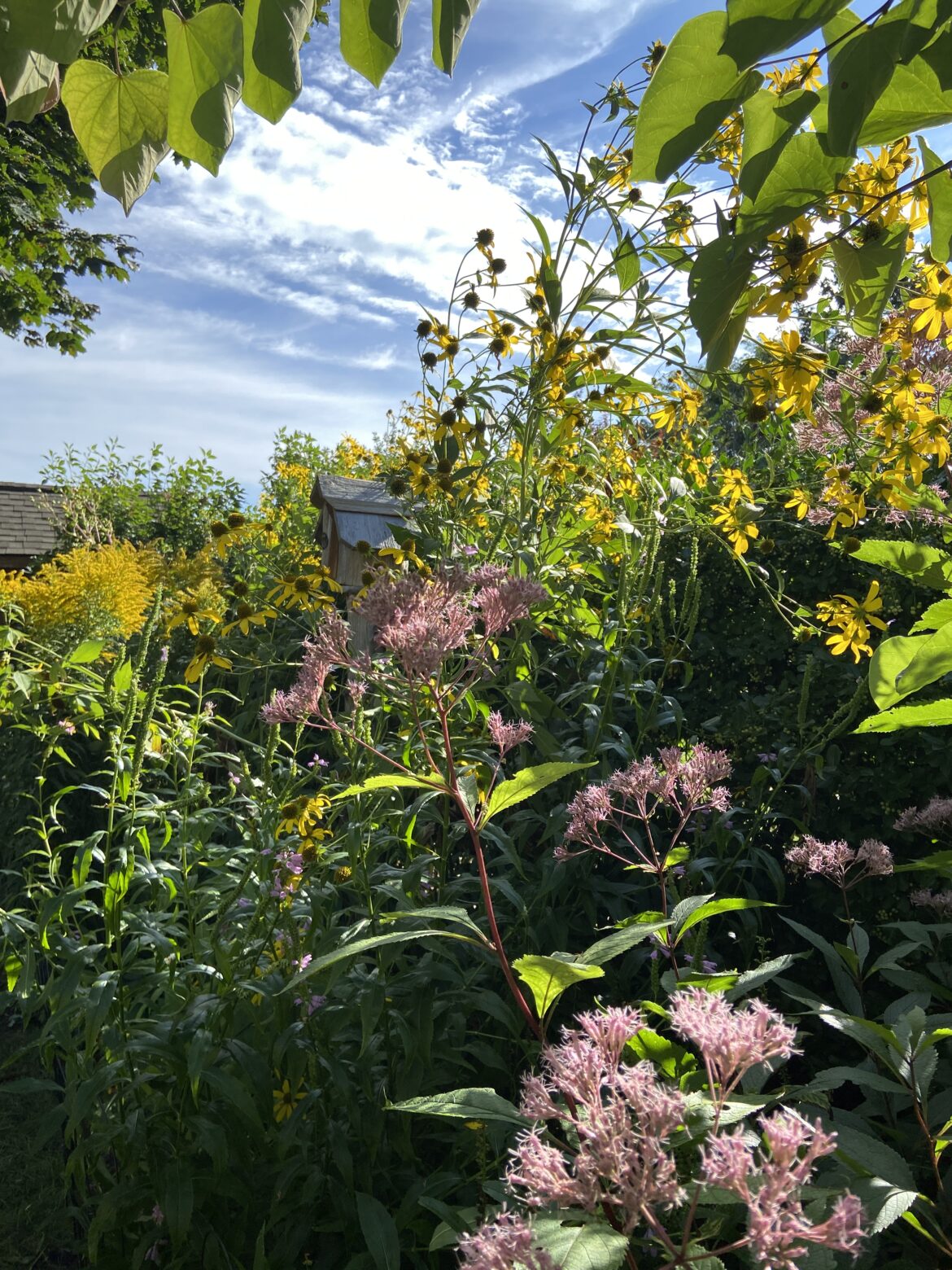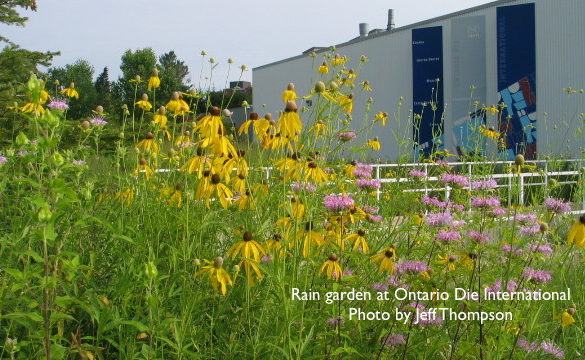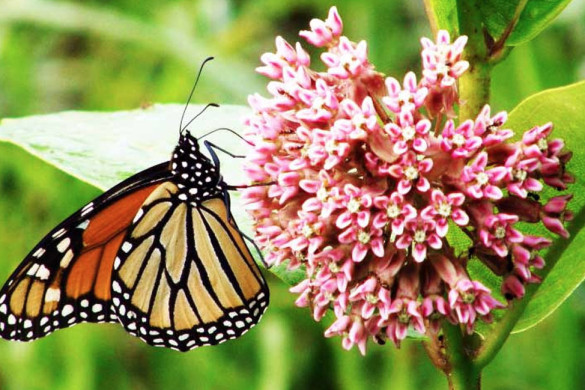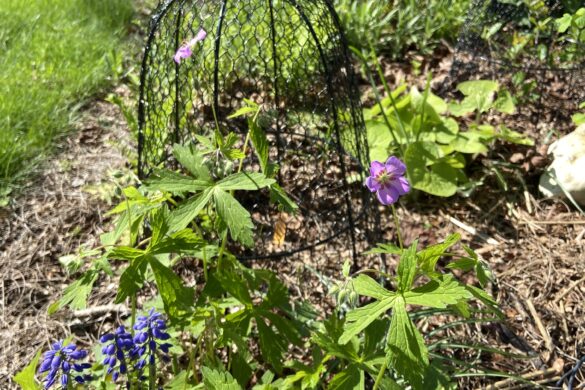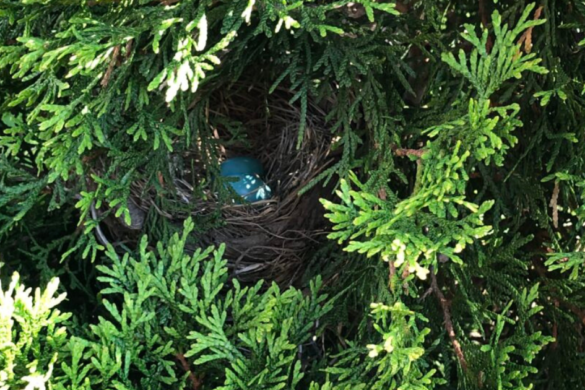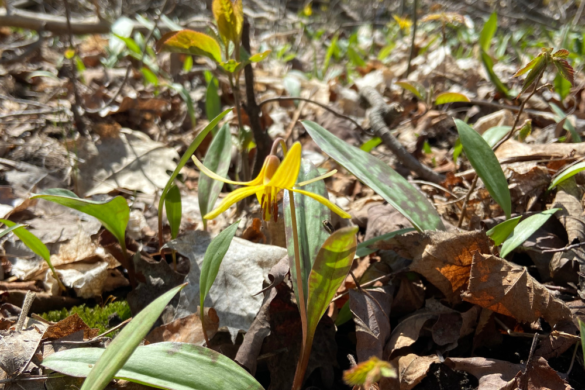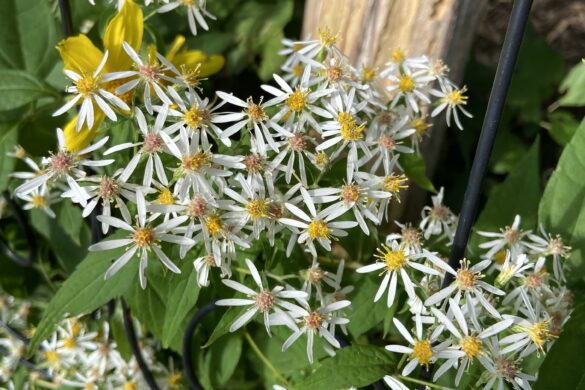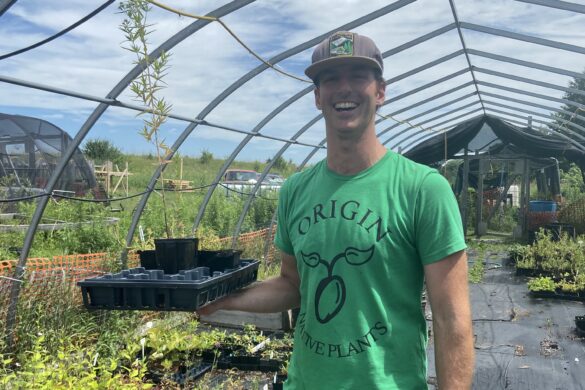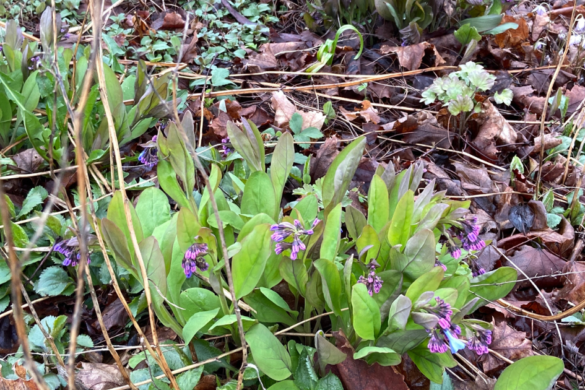Is September the best month in the garden?
I often think so, when the sun is out, the temperatures are cooler (and there are fewer mosquitoes about 😉).
I’m loving the colour in the garden right now, with the purples and pinks of Joe Pye weed (pictured above), obedient plant and asters; the yellows of woodland sunflower, goldenrods and coneflowers; and blue lobelia and more still going strong.
The bees are busy at work, and this weekend alone we’ve had bluejays, chickadees, cardinals, a woodpecker in the silver maple, a Northern flicker combing for grubs in the grass, and a cedar waxwing that was possibly slightly inebriated (we suspect) from feeding on Virginia creeper berries.
September is the perfect time to take advantage of the ideal gardening conditions to prep for winter and next year’s gardening season. Here’s my approach:
Weeding (watch for invasives)
This month is perfect for taking another (final) weeding pass through the garden, including watching for and digging out any invasive plants that may have crept in. In my case this meant digging out sweet woodruff, periwinkle that creeps under our fence from a neighbour’s yard, and any garlic mustard that eluded me prior.
It’s also a good time to take a sharp edging spade and neaten up garden edges, keeping any turf grass from creeping into the beds.
Planning, planting (and transplanting)
I also consider what worked in the garden over the spring and summer, and what didn’t, as we continue to evolve the design of the garden.
Last year, I took note of how lovely a patch of pearly everlasting was at this time, and how long it bloomed into the fall, beautiful white against all the fall reds and ambers. In the spring we planted a couple more patches in the front yard for more effect (and more habitat for American lady butterflies).
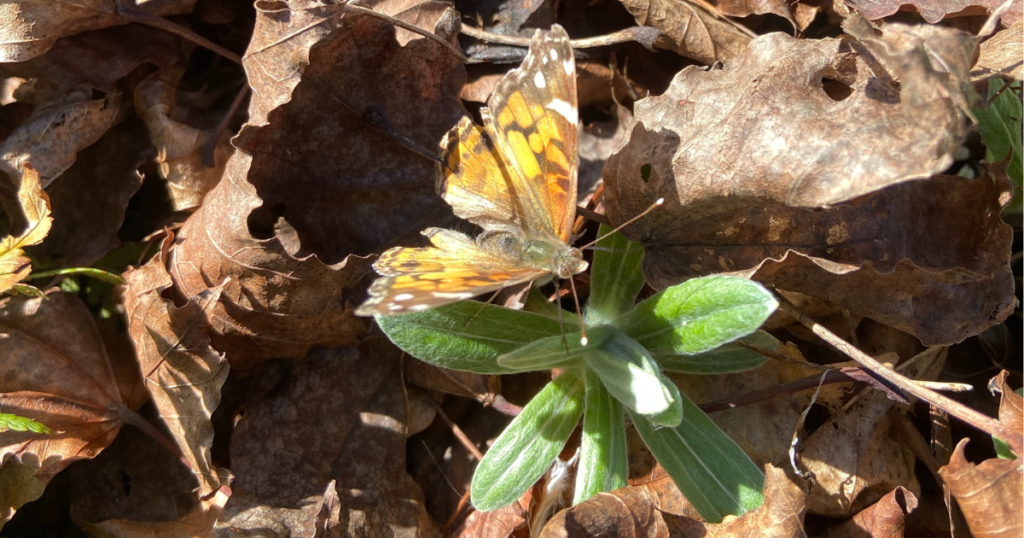
The plan for next year includes more Virginia bluebells in the backyard and adding zigzag goldenrod and Canada anemone to a dry, shady corner where it’s proven tough to grow anything else.
(A cautionary note about Canada anemone – it has beautiful white flowers in spring and is a tough-as-nails ground cover, but it is also aggressive and will spread far and wide given the right conditions.)
Garden is always about learning, so this is a good time to move plants around if you think they will do better, or look better, in another spot.
Leave the leaves, seed heads and stalks
You’ll also want to leave native plant seed heads and stalks over the fall and winter and through spring to May or so. (Full disclosure: I do remove some swamp milkweed seed heads to manage the numbers that come back next year.)
When I cut down the stalks in spring, I leave 12-18 inches still standing — they serve as supports for next year’s growth and as bee nesting habitat.
Birds appreciate the seeds and some will use the stalks as nesting material next spring (Baltimore orioles use stringy swamp milkweed stalks for their nests).
A final note on leaves: we simply sweep them all into the garden beds where they act like a cosy duvet for the plants over winter. They break down quickly in the warm months, keep moisture in the ground, nurture beneficial insects, and keep the weeds down, so everything flourishes the next season.
Thanks for reading. Enjoy your day,
— Stacey

